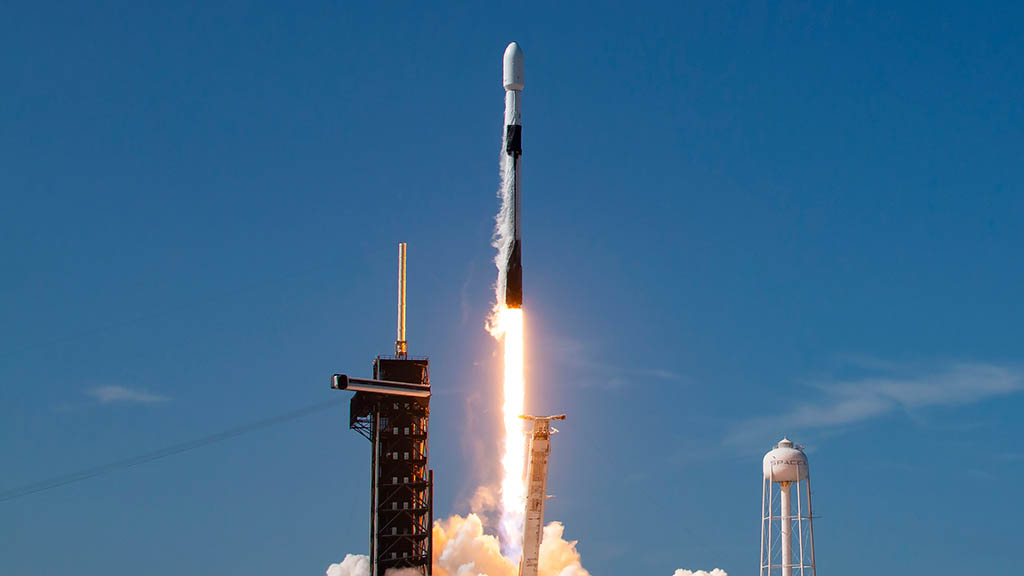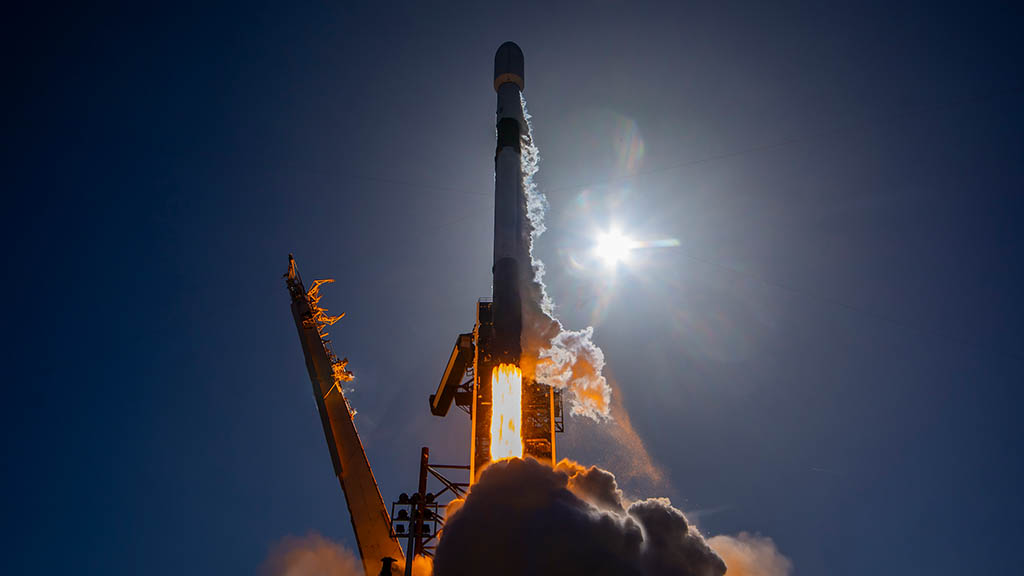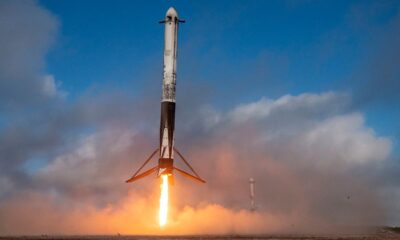SpaceX
SpaceX launches Eumetsat MTG-S1 mission with Falcon 9 rocket

On Tuesday, July 1, 2025, SpaceX launched a Falcon 9 rocket carrying the Eumetsat MTG-S1 mission to orbit at 5:04 p.m. ET from Launch Complex 39A at Kennedy Space Center in Florida.
This was the ninth flight for the Falcon 9‘s first stage booster, which previously supported:
- Crew-9
- RRT-1
- Firefly Blue Ghost Mission 1
- Fram2
- SXM-10
- Three Starlink missions

SpaceX Falcon 9 rocket liftoff with Eumetsat MTG-S1 mission from Launch Complex 39A at Kennedy Space Center in Florida (Source – SpaceX)
MTG-S1 is the first geostationary meteorological sounder satellite that covers Europe with two missions, including the Infrared Sounder and the European Union’s Copernicus Sentinel-4 Ultraviolet Visible Near-Infrared spectrometer.
These two missions are developed by the European Space Agency (ESA) with European partners. The aim here is to address the scientific challenges in extreme weather conditions and prepare to reduce damage with more accurate weather forecasts and warnings on air pollution.
Following its launch, the MTG-S1 engineers are working on its activation and leading it to a geostationary orbital position. From which the satellite is aligned with Earth’s rotation, and it will continue to provide a seamless view of Europe, Africa, and surrounding regions.
Its Infrared Sounder will scan around 2,000 thermal infrared wavelengths every 30 minutes to build vertical profiles of temperature, humidity, and trace gases. The data collected by Sounder will help to understand convective weather by evaluating sudden shifts in instability, moisture, or wind before the clouds begin to form.
With its imagery system, the Sounder also offers a continuous view of a storm’s full life cycle, including early instability to lightning and dissipation. MTG-S1’s observations will improve nowcasts, very-short-range forecasts, and daily forecasts, models linking weather, air quality, and climate to support long-term climate monitoring.
The Copernicus Sentinel-4 mission will send hourly data on pollutants and aerosols, such as wildfires and volcanic eruptions. This data will allow specialists to observe emissions, enhance air quality forecasts, and support public health and environmental policy.
SpaceX has published some visuals of the Eumetsat MTG-S1 mission. Watch them on the official X account.












